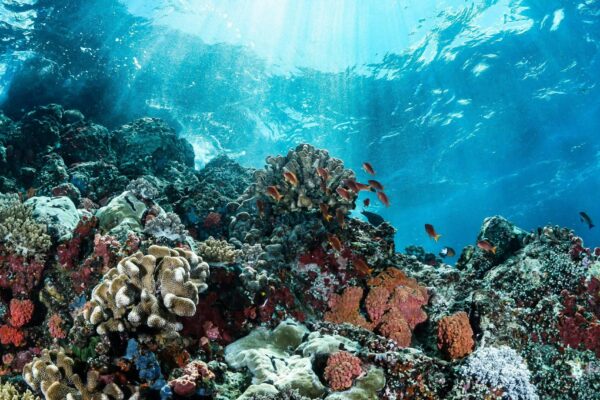
how BOD identified as water quality parameter ??
What is Biological Oxygen Demand (BOD)? Biological Oxygen Demand (BOD) is a measure of the amount of oxygen consumed by microorganisms (primarily bacteria) during the decomposition of organic matter in water under aerobic conditions over a specific period, typically 5 days at 20°C (denoted as BOD₅). It is expressed in milligrams of oxygen per litre…



















